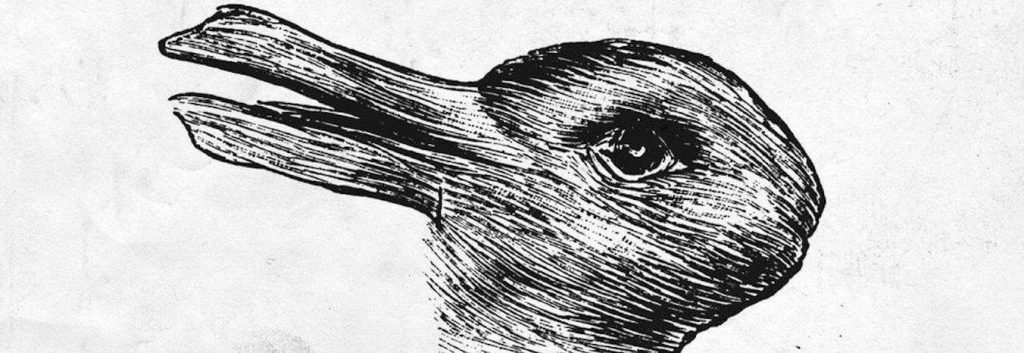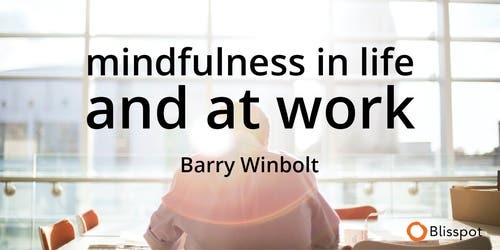You are familiar with ambiguous images like the one above, which show two things at the same time; one aspect usually dominates (is it a rabbit, or a duck?). So much so that some people can’t see the second interpretation, even when it is pointed out to them. The image that simultaneously depicts a rabbit, or a duck, is an example. It’s an exercise in perception that has surprising parallels in life.
Two points of view
Take conversation for example. Maybe you need to have an important discussion with someone aimed at getting their agreement. You hope they’ll see your point of view. You are certainly able to see that they have a point of view (so you say), but you still think they should come round to your way of thinking.
This is a subtle process. However liberal, politically correct, and free-thinking we are, and whatever we tell ourselves about our motives, we all spend a hell of a lot of time trying to get our own way. Sure, we dress it up and delude ourselves in all sorts of ways, but the bottom line is, we want what we want.
The paradoxical thing about this is that pushing for your outcome will often push the other person to dig their heels in. This has been called a ‘tussle of egos’, and we’ve all been there. Even Buddhists can wrestle with this.
The way around is to do the counter-intuitive thing. If you are able to let your desire go for a moment you may claim a bigger prize.
About face!
The best way to do this is not by pushing to ‘win’ or ‘persuade’. You’ll find it more productive to embrace both points of view wholeheartedly. Demonstrate that you have to the other person by forming an alliance with them as a starting point for discussion, then ask how you can both get your needs met.
I call this ‘holding desires lightly’. You may know what you want, but be prepared to relinquish it for the sake of an alliance. In earnest discussions, slavishly sticking to your desires will often mean you’ll miss a bigger opportunity.








